Happy 50th Anniversary
National Bridge Inspection Standards
By Joey Hartmann and Richard Weingroff
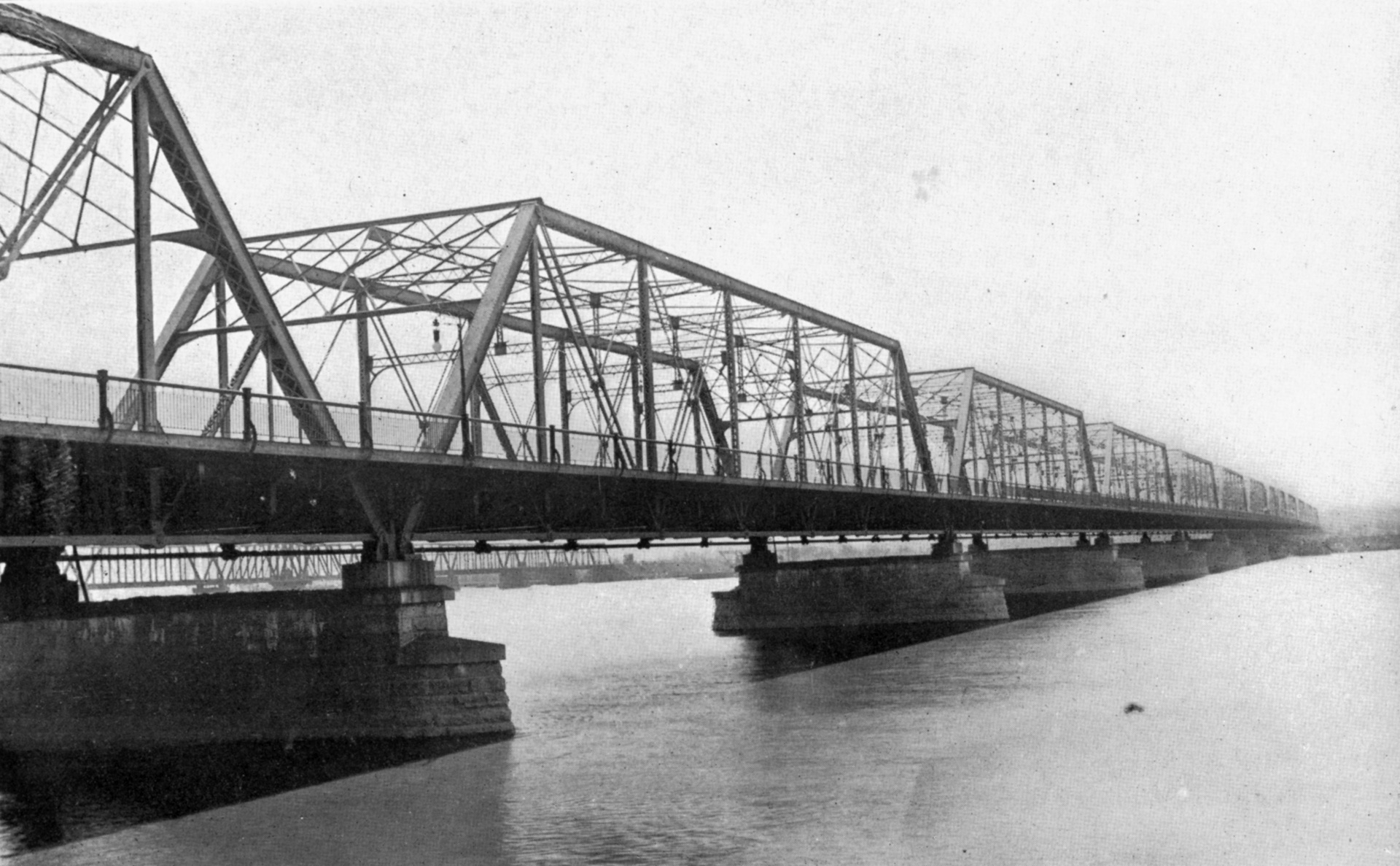
In April 1911, the U.S. Office of Public Roads published Bulletin No. 39 on Highway Bridges and Culverts. The introduction stated that the purpose of the bulletin was "to point out some important fundamental principles that govern the operations necessary to secure properly designed highway bridges and culverts, and also to state briefly some facts relating to their construction." There was, at the time, "a great need throughout the entire country for more and better structures of this kind." The bulletin used this photograph of the Long Bridge over the Potomac River in Washington, D.C., to illustrate the steel truss highway bridge.
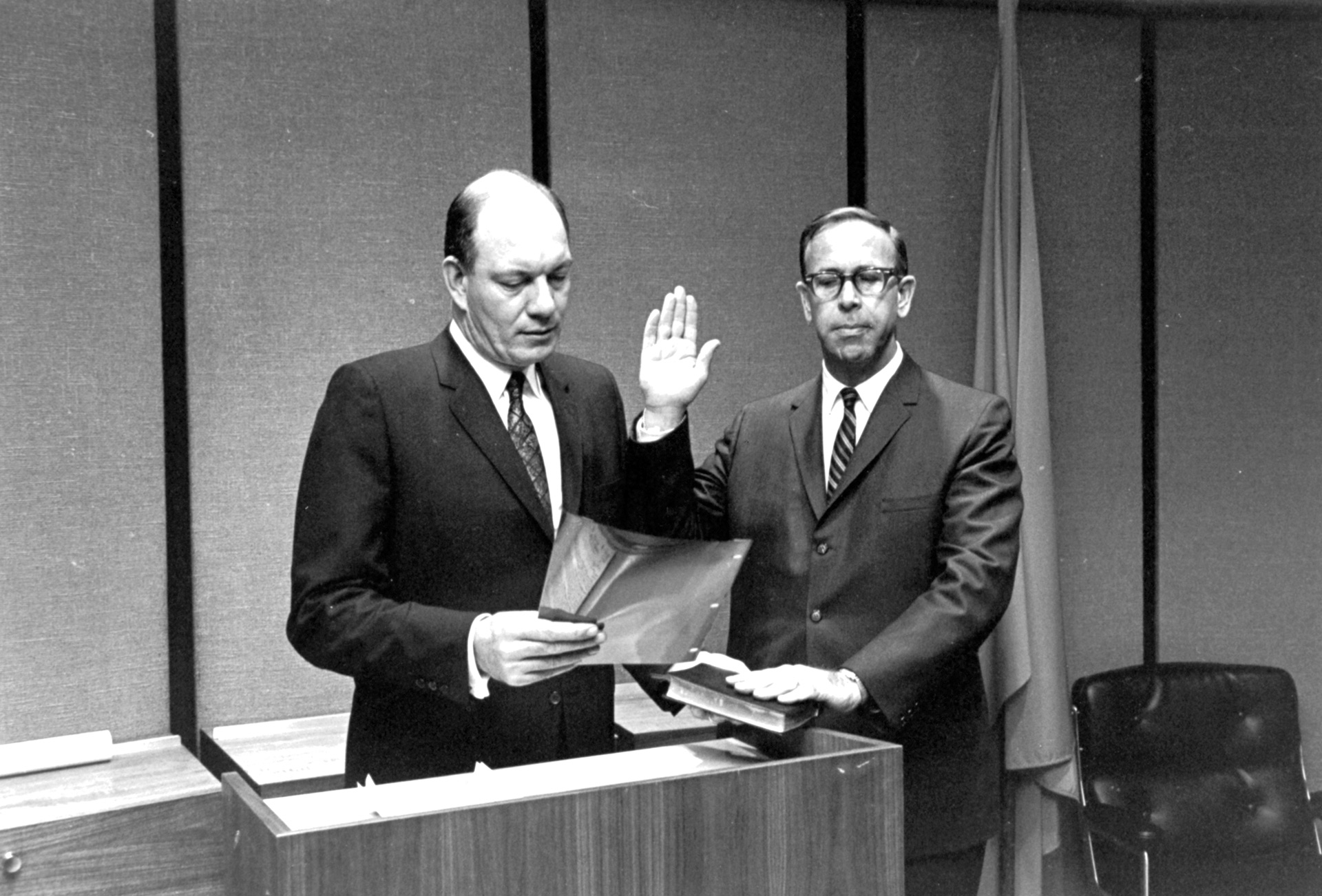
FHWA Administrator Lowell K. Bridwell, shown here being sworn in by Secretary of Transportation Alan S. Boyd (March 23, 1967), headed President Lyndon B. Johnson's Task Force on Bridge Safety, formed following the collapse of the Silver Bridge. On February 14, 1968, Bridwell announced a comprehensive program to analyze the safety of 511,000 bridges on State highways and 192,000 railroad bridges in cooperation with State highway agencies, AASHO, the Association of American Railroads, and the U.S. Army Corps of Engineers. "We are giving first priority to those bridges built before 1935 which are carrying highway traffic and those which pass over deep ravines or water where a collapse might result in catastrophic loss of like and property." The Silver Bridge had opened on May 30, 1928..
The modern highway bridge safety program got underway 50 years ago on April 27, 1971, with the enactment of the National Bridge Inspection Standards (NBIS) regulation. Since then, the NBIS has been the backbone of the continuing national effort to ensure that open bridges are safe and unsafe bridges are closed.
We trace FHWA's origins to the U.S. Office of Road Inquiry established in the Agriculture Department in 1893. From early on, bridges have been a part of our activities, initially from an educational or training standpoint. In 1910, the agency established a Division of Highway Bridges and Culverts to assist State and local officials in bridge design and construction. It published technical bulletins on the subject and, in 1913, issued Typical Specifications for the Fabrication and Erection of Steel Highway Bridges. We had a role in many of the great bridges of the 20th century, including the Golden Gate Bridge, and were instrumental in studying and learning from the collapse of the Tacoma Narrows Bridge on November 7, 1940, only 4 months after it opened, with the only fatality a cocker spaniel named Tubby. We played a key role in the bridge activities of the Highway Research Board and the American Association of State Highway Officials' Operating Committee on Bridges and Structures, which began in 1921, and its successors.
Our role changed on December 15, 1967, when the Silver Bridge, which carried U.S. 35 over the Ohio River, between Point Pleasant, WV, and Gallipolis, OH, collapsed under the weight of rush-hour traffic, resulting in the deaths of 46 people. The cause was an instantaneous fracture of a single eye-bar in a suspension chain, due to a small defect 0.1 inches (2.5 mm) deep. The collapse prompted hearings in Congress and an investigation by the National Transportation Safety Board, which had begun operations on April 1, 1967. The U.S. Department of Transportation (itself having opened on April 1, 1967) established a committee to work with State officials to investigate the collapse, determine what Federal action was needed to replace the bridge, and analyze what procedures and standards could ensure the safety of the public. The investigation, as Federal Highway Administrator Lowell K. Bridwell told Congress, was "the first application to a highway bridge of techniques which have been so carefully developed for investigation of airline disasters."
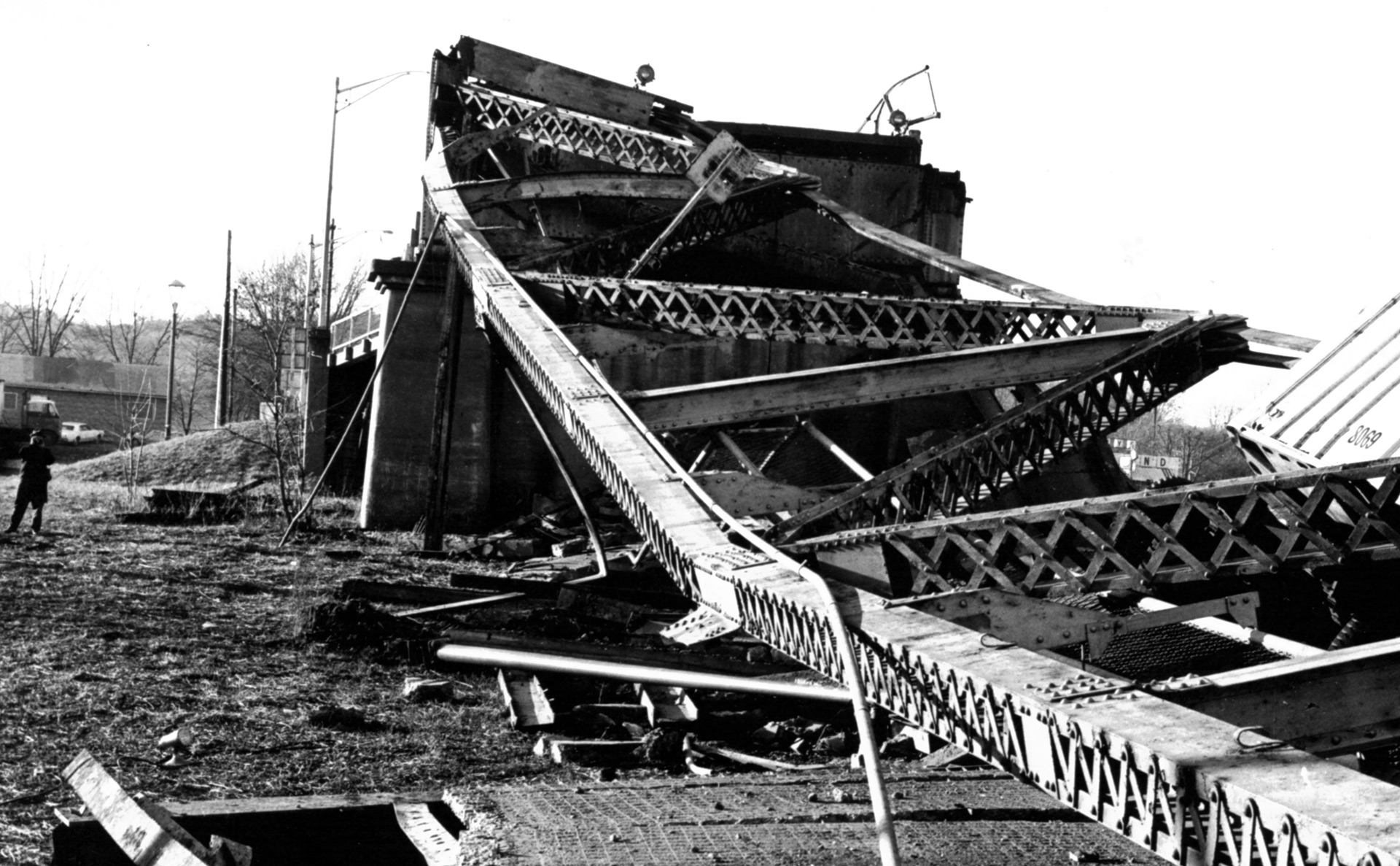
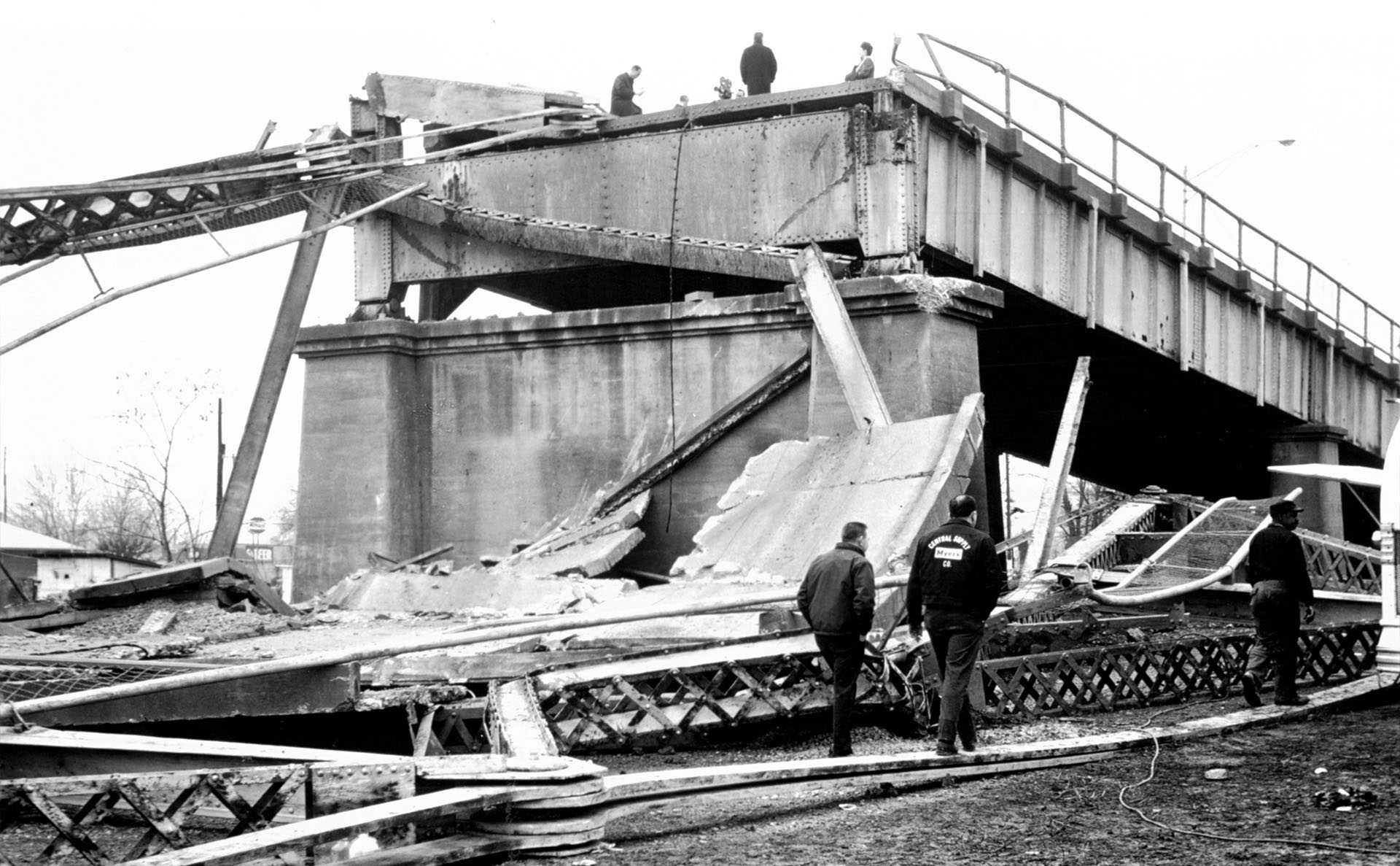
On December 15, 1967, the Silver Bridge between Point Pleasant, West Virginia, and Gallipolis, Ohio, collapsed, with a loss of 46 lives. The photograph shows the damage done on the Ohio end of the bridge. Investigation of the tragedy led to the National Bridge Inspection Standards and the modern bridge safety program.
The lessons learned prompted Congress to include a section on "Bridge Inspection" in the Federal-Aid Highway Act of 1968, which President Lyndon B. Johnson signed on August 23, 1968. Section 26 called for the Secretary of Transportation to work with State highway departments and knowledgeable organizations and individuals to "establish national bridge inspection standards in order to provide for the proper safety inspection of bridges on any of the Federal-aid highway systems." The standards were to detail the methods by which inspections were to be conducted, the maximum time between inspections, and the qualifications of those carrying them out. State highway agencies were to maintain written reports, available to the U.S. Secretary of Transportation, of the inspections "together with a notation of the action taken pursuant to the findings of such inspections." USDOT, in association with State officials, was also required to establish a training program for bridge inspectors.
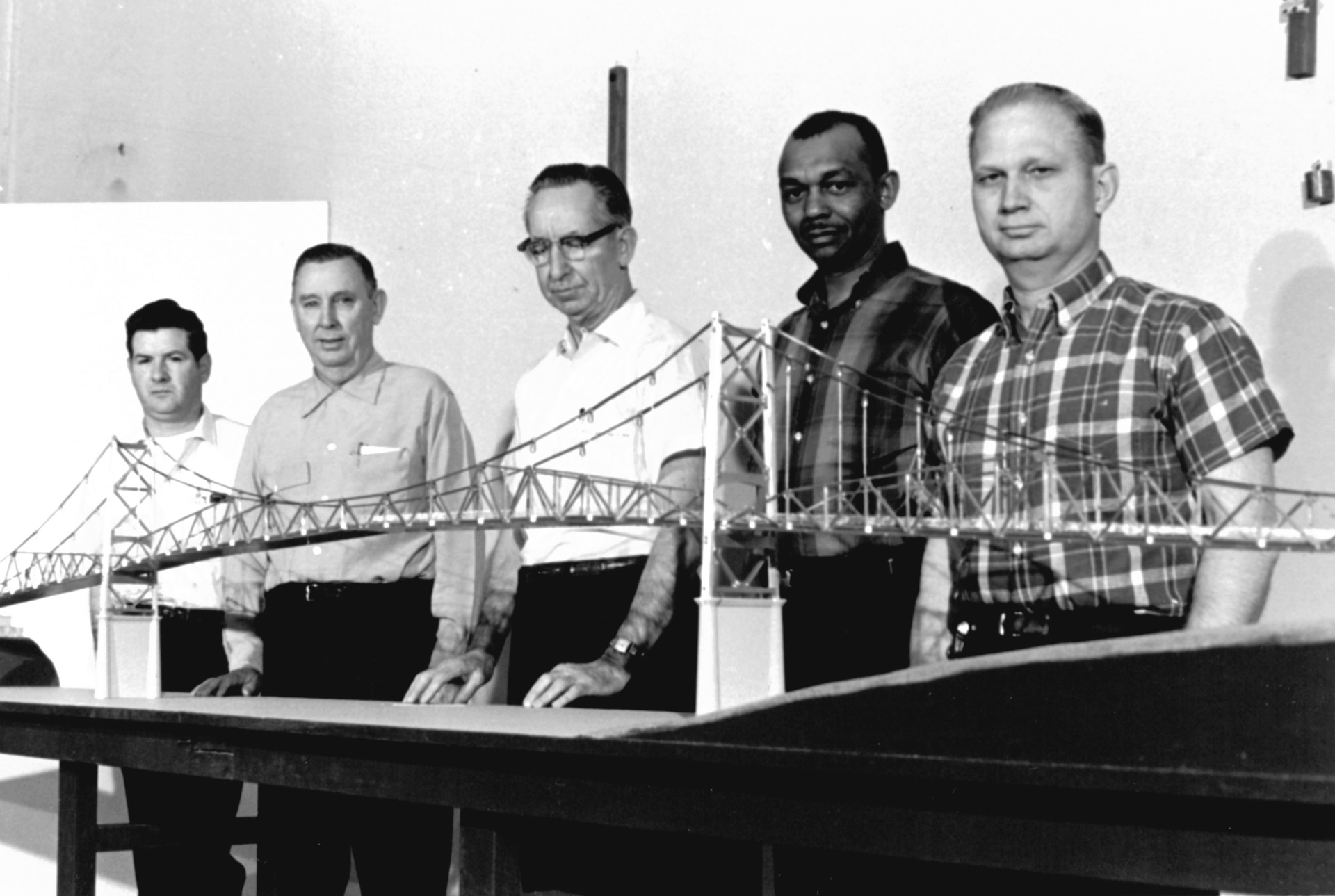
Following collapse of the Silver Bridge, FHWA's Engineering Systems Division built a scale model of the structure for use by the Structural Analysis and Test Working Group in a study to determine why the bridge collapsed. Completed in 5 weeks, the model was 18 feet long, 3¼ inches wide, and 18 inches high. From left to right, the model's builders are: Robert Taylor, Douglas Chambers, Benjamin Wood, Christopher Hall, and Alvin Pettit.
When FHWA enacted the NBIS 50 years ago, it was the first Federal level bridge safety program. It required inspection of bridges and their component parts – ranging from pilings to deck slab – at least once every 2 years by inspectors who were appropriately trained. The States were to prepare written reports on the finding for each bridge, including needed follow-up actions to address any identified damage, deterioration, or defects. In addition, FHWA used the results of the inspections to create a National Bridge Inventory to track the performance of highway bridge.
Congressional interest in bridge performance and safety continued to evolve. The Federal-Aid Highway Act of 1970 established the Special Bridge Replacement Program to replace highway bridges over waterways or other topographical barriers when the Secretary and the States found that "the bridge is significantly important and is unsafe because of structural deficiencies, physical deterioration, or functional obsolescence." The Act authorized $100 million for fiscal year 1972, and $150 million for fiscal year 1973, with a maximum Federal share of 75 percent. The provision also called for an annual report on the projects approved along with recommendations for any needed changes in the program.
In November 1971, FHWA released the first report, 12 pages long, stating that the country had 563,500 highway bridges, with 88,900 of them classified as critically deficient. Approximately 24,000 of the deficient bridges were on Federal-aid systems. By the time of the report, every State, the District of Columbia, and Puerto Rico had submitted lists of the most critically deficient bridges, with funds awarded to 49 States and Puerto Rico for bridge replacement projects.
In 1976, FHWA could state that many of the most deficient bridges had been or were being replaced, but there were still "thousands of bridges on the Federal-aid system that are posted as having limited capability of carrying truck traffic." The estimated cost of replacing those bridges was $2.3 billion.
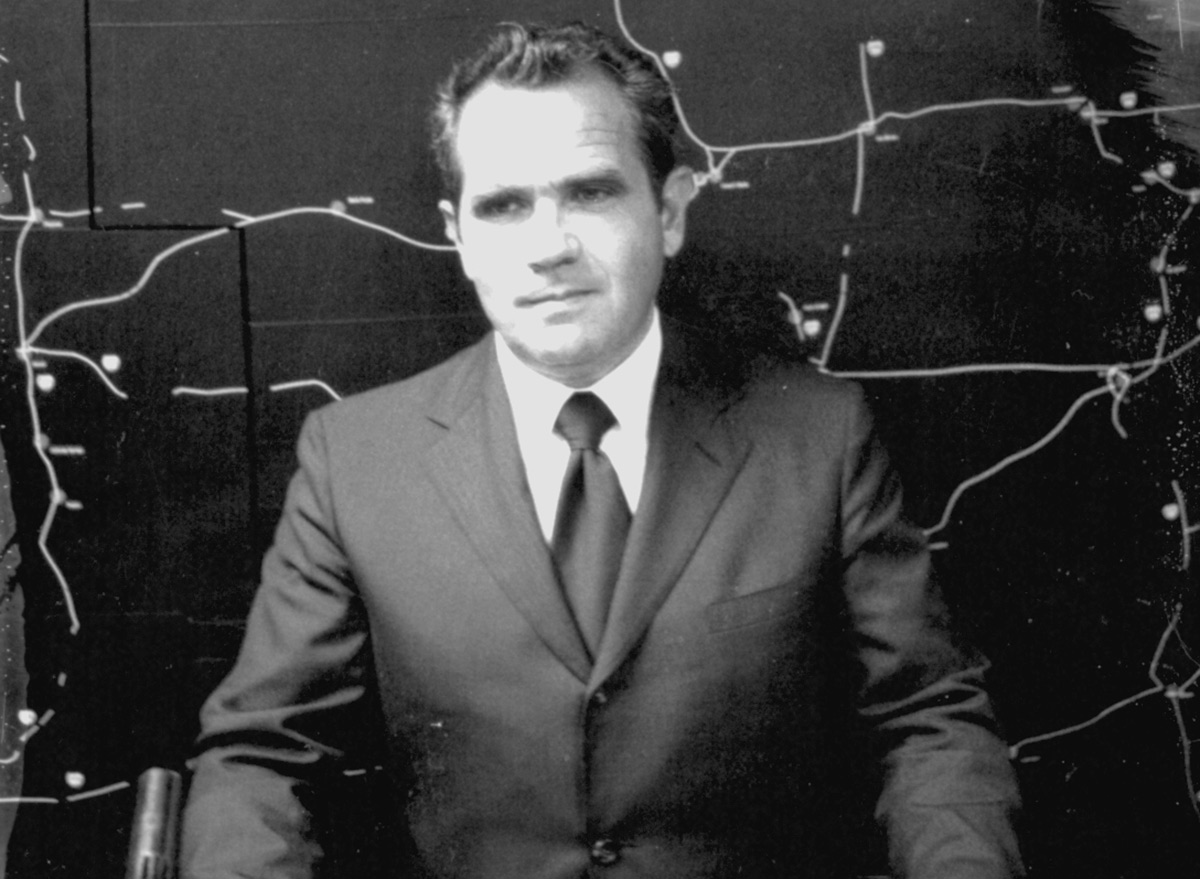
FHWA's Stanley Gordon, Chief of the Design and Inspection Branch, Bridge Division (1970-1980) investigated the Silver Bridge collapse and would go on to oversee most elements of FHWA's bridge program, including the NBIS. He served as Chief of the Bridge Division until his retirement on January 3, 1997, after 35 years of service. During his career, he received Special Achievement Awards for Outstanding Contributions to the Federal Bridge Program in 1964, 1968, and 1969. He passed away in 2001 at the age of 75.
Two years later, the Surface Transportation Assistance Act of 1978 expanded the bridge program to the Highway Bridge Replacement and Rehabilitation Program in recognition that many bridges could made safer at less cost by rehabilitation instead of waiting for deterioration to requite replacement.
FHWA got a lot right in the initial 1971 regulation, which has had only four significant changes over the 5 decades since its inception. Its scope was expanded in 1979 beyond bridges on the Federal-aid highway systems to all bridges on public roads. In 1988, the NBIS was modified to include requirements for inspection of fracture critical bridges and bridges needing underwater inspection. In 1993, requirements were added for reports on follow-up correction actions taken in response to critical findings. Finally, in 2004, the NBIS was modified to define the qualifications and training requirements for inspection Team Leaders and Program Managers.
Although the Federal programs that provide funding for highway bridges have evolved over the years, the NBIS remains the core of the Nation's bridge safety activities. They help officials determine which bridges are in poor condition, require posting or load restrictions, or must be closed for public safety. They help State, local, and other bridge owners set priorities for replacing and rehabilitating their bridge stock within funding limits. And they provide valuable insights for improving programs for bridge safety.
FHWA has continually improved its bridge safety oversight, with an emphasis in recent years on a risk-based, data-driven metrics process and by strengthening its organization for oversight of the National Bridge Inspection Program. These efforts, applied to the country's 618,456 highway bridges, are intended to ensure State DOTs comply with the NBIS, identify national issues, share effective practices, improve oversight consistency, seek opportunities to enhance the program, and ultimately maintain the safety of the Nation's bridges.
After 50 years of overwhelming success, the NBIS and FHWA bridge safety program are considered international best practices. For years to come, the program will continue to evolve to take advantage of using state-of-the-art technology and advances in training and equipment. That evolution will ensure that the program endures to competently and capably serve the needs of the country's traveling public.

